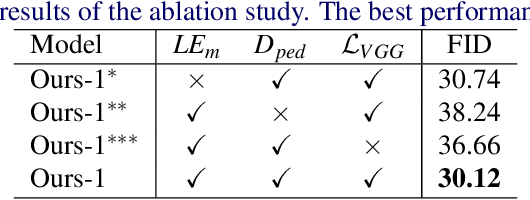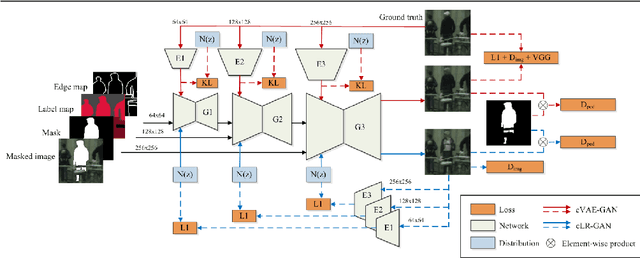Zongbo Hao
RRL:Regional Rotation Layer in Convolutional Neural Networks
Feb 25, 2022



Abstract:Convolutional Neural Networks (CNNs) perform very well in image classification and object detection in recent years, but even the most advanced models have limited rotation invariance. Known solutions include the enhancement of training data and the increase of rotation invariance by globally merging the rotation equivariant features. These methods either increase the workload of training or increase the number of model parameters. To address this problem, this paper proposes a module that can be inserted into the existing networks, and directly incorporates the rotation invariance into the feature extraction layers of the CNNs. This module does not have learnable parameters and will not increase the complexity of the model. At the same time, only by training the upright data, it can perform well on the rotated testing set. These advantages will be suitable for fields such as biomedicine and astronomy where it is difficult to obtain upright samples or the target has no directionality. Evaluate our module with LeNet-5, ResNet-18 and tiny-yolov3, we get impressive results.
PMC-GANs: Generating Multi-Scale High-Quality Pedestrian with Multimodal Cascaded GANs
Dec 30, 2019



Abstract:Recently, generative adversarial networks (GANs) have shown great advantages in synthesizing images, leading to a boost of explorations of using faked images to augment data. This paper proposes a multimodal cascaded generative adversarial networks (PMC-GANs) to generate realistic and diversified pedestrian images and augment pedestrian detection data. The generator of our model applies a residual U-net structure, with multi-scale residual blocks to encode features, and attention residual blocks to help decode and rebuild pedestrian images. The model constructs in a coarse-to-fine fashion and adopts cascade structure, which is beneficial to produce high-resolution pedestrians. PMC-GANs outperforms baselines, and when used for data augmentation, it improves pedestrian detection results.
 Add to Chrome
Add to Chrome Add to Firefox
Add to Firefox Add to Edge
Add to Edge